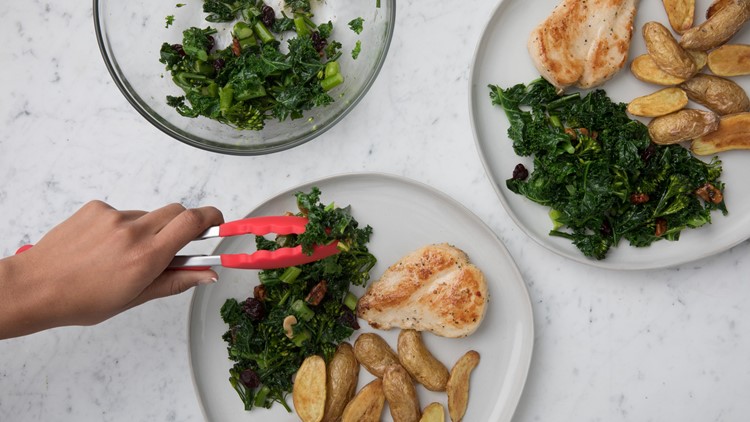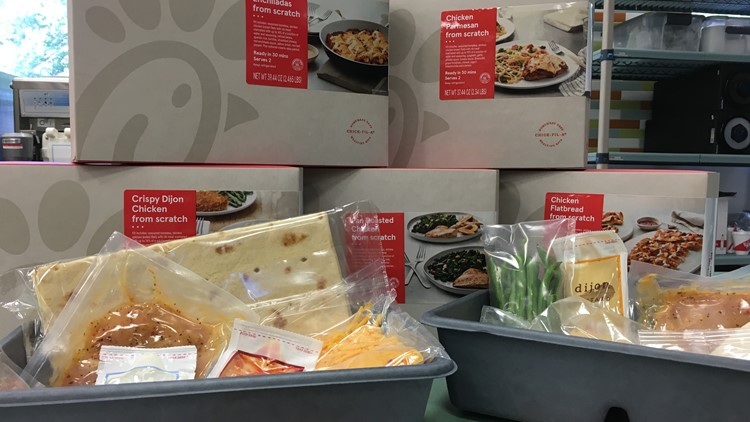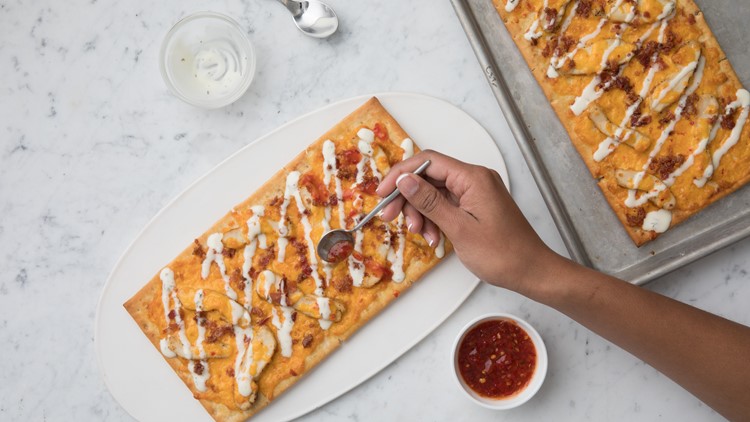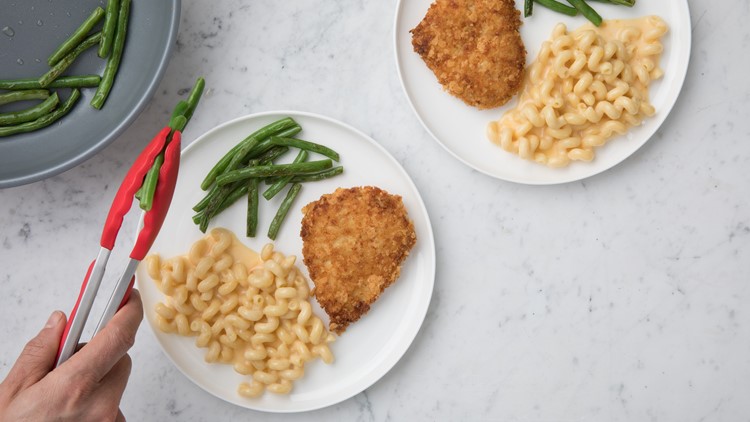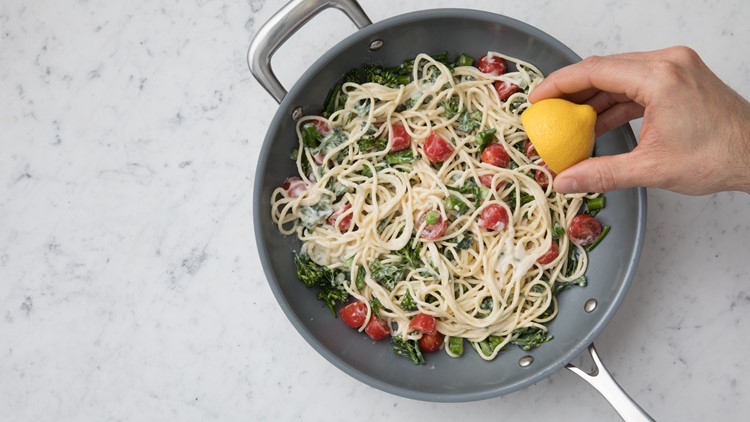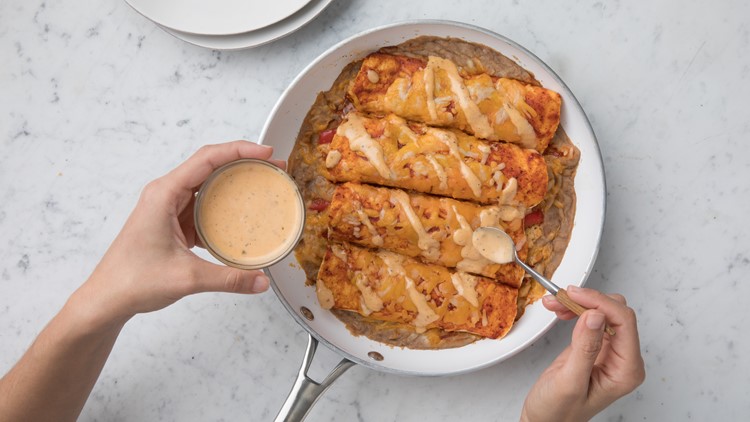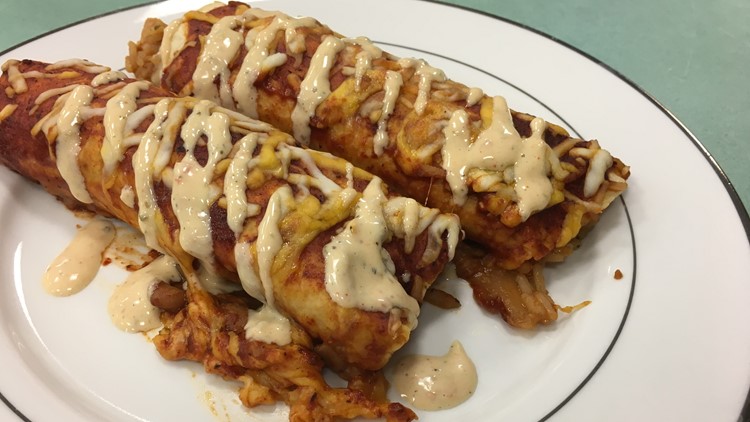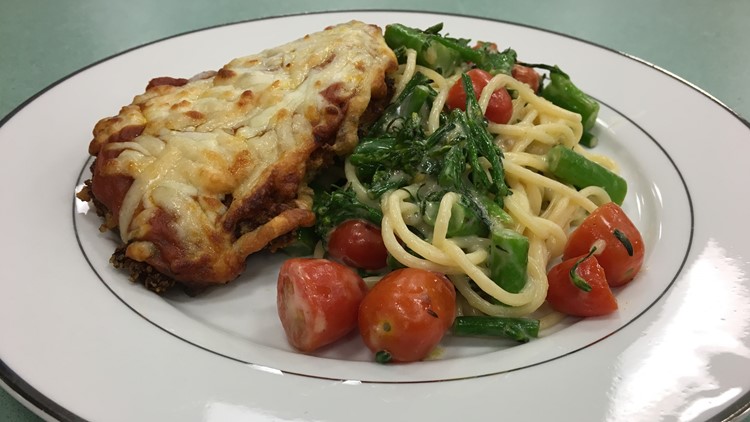Atlanta-based Chick-fil-A started a bold experiment last week by becoming the first fast-food chain to enter the competitive meal kit market.
The three-month test in Atlanta-area restaurants some customers scratching their heads. 11Alive connected the dots and found that it's all about numbers.
The American meal kit market has taken off since 2007, with total sales topping $2 billion last year. But even the main players, HelloFresh, Blue Apron and Home Chef, have struggled to make a profit.
One of their biggest challenges is finding and keeping customers.
Chick-fil-A enters the market with a built-in customer base, no subscription costs, and no commitment. It offers kits on-demand.
The pitch to customers is that they can check off two meals in one visit. They can eat in or carry out and pick up a meal kit for another night.
PHOTOS | Chick-fil-A new take-home Mealtime Kits
Daniel McCarthy, Assistant Professor of Marketing at Emory University’s Goizueta Business School, has done extensive research on consumer behavior when it comes to meal kits.
He said Chick-fil-A's on-demand feature is key.
"The unit economics of selling meal kits on subscription is very hard, so I think Chick-fil-a is doing the right thing by selling the kits off-subscription when consumers want them on an as-needed basis," he said.
McCarthy also said the price point is important. Chick-fil-A's MealTime Kits costs $15.89 and serve two.
"Consumer demand will probably be very poor at a higher price point," McCarthy added. "This is also the strategy that grocery stores are taking, generally speaking. The meal kits that Blue Apron is selling through Costco are 30% cheaper than the meal kits Blue Apron is selling directly to end consumers, for example."


